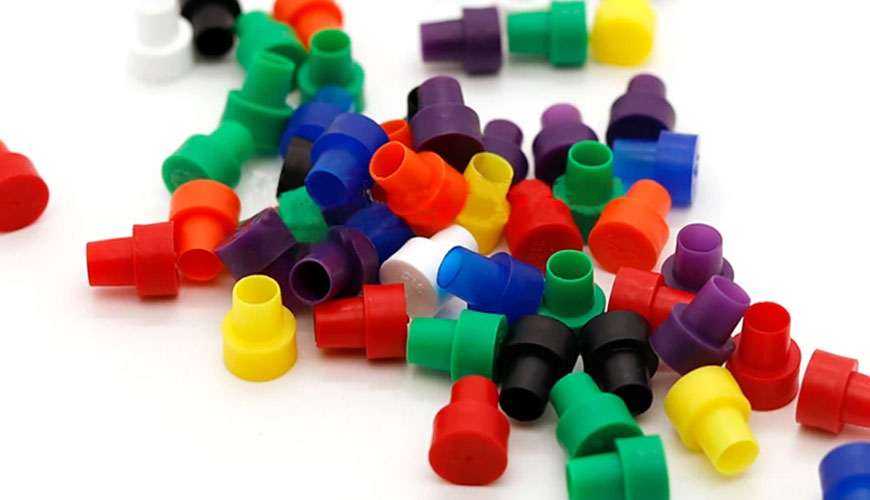

Sieve analysis or gradation testing is an important method to evaluate the particle size distribution of granular material. Particle size affects material properties such as flow and transport behavior for bulk materials, reactivity, corrosiveness, solubility, extraction and reaction behavior, taste, compressibility and much more. Determination of particle size is therefore essential to optimize process engineering and ensure the quality and safety of final products in a wide range of industries such as food, construction, plastics, cosmetics and pharmaceuticals.

Different methods and procedures are applied to measure particle size distribution, depending on the sample material, the expected particle size and the scope of the examination. These include static or dynamic direct image analysis, static light scattering, also called laser diffraction, dynamic light scattering, and sieve analysis.
Sieve analysis is the traditional and most used method to measure particle size distribution. The advantages of sieve analysis include that it is easy to use, requires minimal investment costs, provides accurate and reproducible results in a relatively short time, and has the ability to separate particle size fractions.
The standard “DIN 53477 Testing of plastics - Determination of particle size distribution of molding materials by dry sieve analysis” describes a test method for determining the particle size distribution of molding compounds by dry sieve analysis.
Dry sieve analysis is mainly used for the following purposes:
For special molding materials that are difficult to sieve, the wet sieve analysis method according to the standard “ISO 787-18 General test methods for pigments and extenders - Part 18: Determination of residue on the sieve - Mechanical washing procedure” or “ISO 4610 Plastics - Vinyl chloride homopolymer and The air jet sieve analysis method is recommended according to the "copolymer resins - Sieve analysis using air jet sieve apparatus" standard.
Sieve analysis is a technique used to obtain the particle size distribution of a solid material by determining the amount of particles retained on a series of sieves with different sized openings. When analyzing, sample is added to the top of a sieve slot arranged in decreasing sizes from top to bottom. As the sieves are vibrated, the sample is separated into sieves of different sizes. The weight of the sample remaining on each sieve is then used to determine the particle size distribution as well as the average diameter of the sample.
Essentially, the sieve method gives the sieve diameter, which is defined as the diameter of the sphere passing through the sieve opening. Particles with a size range between 50 and 1500 µm are detected by the sieving method. In this method, the size is expressed as a sieve. The sieving method is useful when the size of the particles is between 50 and 1500 µm. The downside of this method is that abrasion occurs during shaking. In this case, the size of the particles decreases and causes errors in the prediction.
Meanwhile, there are many factors that affect the elimination process. These include humidity, the size and shape of the particles relative to the sieve openings, the amount of material on the sieve surface, the density of the material, as well as electrostatic interactions between the particles themselves or with the sieve.
Among the numerous testing, measurement, analysis and evaluation studies it provides for businesses in various sectors, our organization, with its trained and expert staff and advanced technological equipment, tests in accordance with the standard "DIN 53477 Testing of Plastics - Determination of particle size distribution of molding materials by dry sieving analysis" It also provides services.
To get an appointment, to get more detailed information or to request an evaluation, you can ask us to fill in our form and reach you.